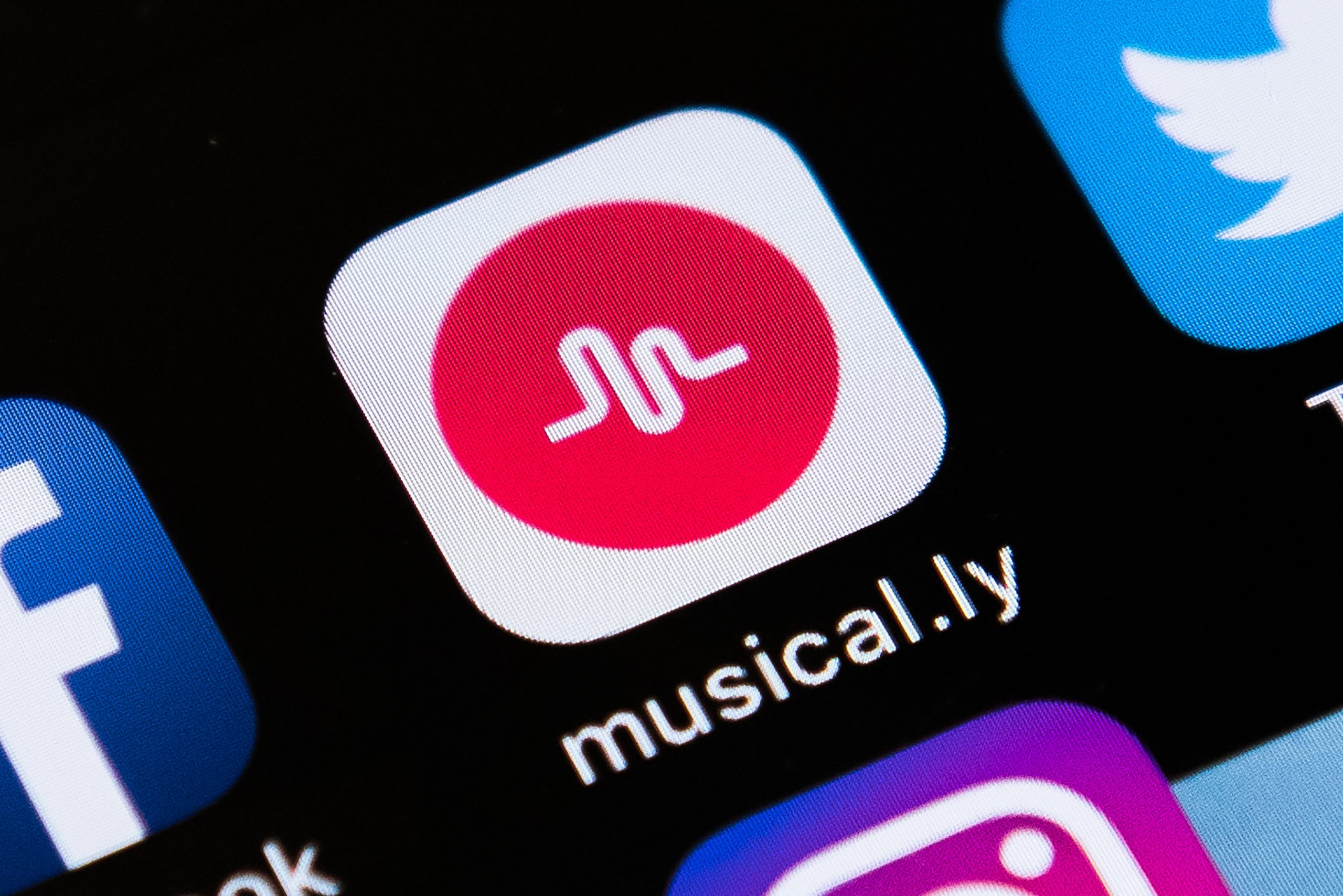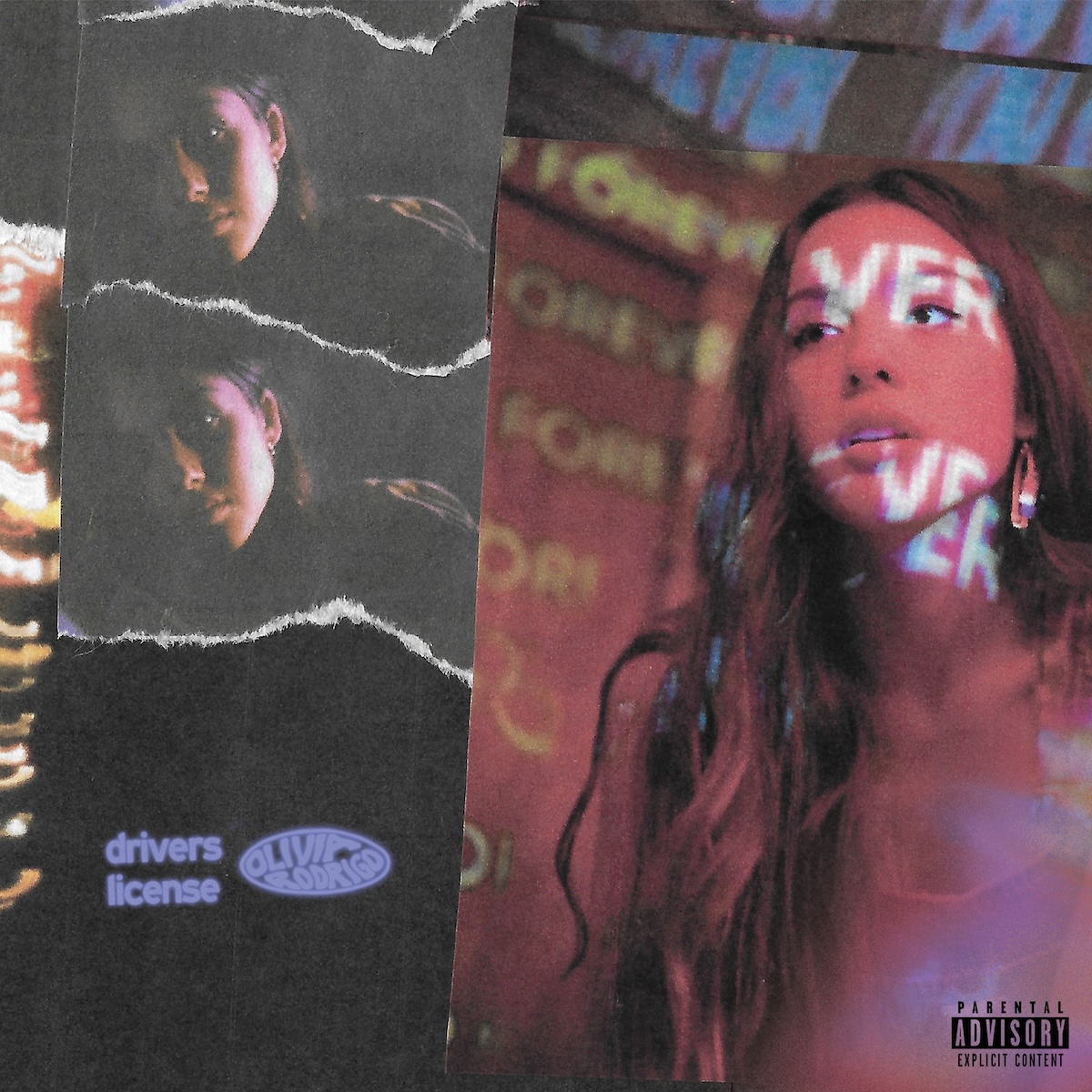"Do it for the Vine" was the unofficial slogan of the now-defunct, once wildly popular short-form video app Vine. You'd hear people shout it from behind their phone cameras as they filmed their friends dancing, planking in public, or blowing huge vape clouds. The Chinese app Tik Tok serves largely the same purpose that Vine fulfilled until its closure in 2016. Its tagline, "Make every second count," is like "Do it for the Vine" for the "wellness" era. And if you’re over the age of 18, you’ve probably never heard of it.
Just last week, Tik Tok merged with another Chinese video app called Musical.ly. The latter launched in 2014. By 2015, it was already drawing in millions of global users with the US teen market as its focal point. This year, four years after its inception, Musical.ly boasted 100 million monthly active users -- whose accounts have been transferred over to Tik Tok's identical platform -- reflecting growth at roughly the same pace as Instagram during its first four years. By comparison, Spotify is in its tenth year and reports 180 million monthly active users.
Tik Tok fits in with the increasingly visual social media landscape. But what sets it apart is its main focus: lip-syncing. Tik Tok’s homepage suggests a digital playground, largely made up of tween girls performing viral dance moves and mouthing lyrics to Top 40 songs. In what seems to be an effort to attract and retain young users, Facebook and Instagram have recently announced new features that mimic Tik Tok's model. Instagram's "music stickers" allow users to add music to their pictures and videos. Facebook’s "Lip-Sync Live" is exactly what it sounds like.
https://youtube.com/watch?v=swrsUgXdC0Q
These new additions could very well catch on, but they lack the engrossing effect crucial to Tik Tok's appeal. Tik Tok's no-frills interface gets right to the point, almost aggressively so. Immediately upon opening the app, trending mini music videos fill your phone screen for 15-seconds to a minute at a time -- an endless stream of quick, commitment-free bursts of dopamine. Tik Tok has three basic functions: watch, search, and create. It’s simple to navigate. An escape route, however, is harder to carve out. The content feed is strangely addicting, like an IV drip of effortless entertainment. You don’t even have to scroll: as soon as one clip finishes, another plays automatically. There’s something almost perverse about these hand-held performances. Twelve-year-old boys flex their preadolescent biceps. Girls belly dance in full-face makeup and sports bras.
Tik Tok's average user falls within the 13 to 18 age range, an easily-distracted and constantly-entertained generation whose tastes, desires, and politics govern the future of social media and, for that matter, culture. The platform is built to nurture the habits of today's youth. It echoes and informs their lifestyle -- the abbreviated hit songs, Kylie Jenner-inspired outfits, viral dance moves -- like a 24/7 teen magazine.
Distinct styles and trends develop across the app. The most prevalent and enduring technique sees users quickly alternating camera angles and miming along with sped-up tracks. There are "challenges" to participate in. Some include lip-syncing a particular line or performing a popular dance. Others are more puzzling, like pretending the floor is lava and drawing pimples on your face. The "community" is shaped by these shared activities. There are typically a few songs that reign supreme among lip-syncing videos. As I write this, the #InMyFeelingsChallenge, which involves dancing outside of a car to Drake’s "In My Feelings," is one of the top hashtags, but that challenge and its accompanying song will soon be replaced with another and fade into irrelevance.
In his book How Music Works, David Byrne purports, "History and culture can't really be preserved by technology alone." Indeed, when reduced to trending clips, music leaves a fleeting impact. Any emotional or experiential significance gleaned from a concert’s social atmosphere, or the impression left after hearing an album from front-to-back, is lost in this digitized "social" arena.
https://youtube.com/watch?v=kVxA4MlPv6Q
We experience music more frequently, casually, and passively than ever before. A record isn’t limited to the home; we can listen to it on the commute to work or at the gym. Not only that, we can browse through and download thousands of records. We can even record our own record. The downside of this bottomless digital grab bag is how it can minimize the music itself. Listeners are encouraged to take in as much music as is humanly possible. Tik Tok's bite-sized snippets, made to ingest one-after-another, see this development in its most extreme, crystalline form. Tik Tok distills the ongoing meme-ification of music, chopped and squeezed to fit our attention spans. Injected into social media’s communion of performance and self-involvement, music is merely fodder for content.
Tik Tok's most-used sounds loosely correspond with Billboard’s Hot 100 chart. The rest of the clip library responds to what’s hot and replicates it. Take 2018 It Girl Ariana Grande, for example. In addition to her hits, sound bites from Grande’s character on the 2010 Nickelodeon show Victorious flood the platform. Bazzi’s chart-climbing single "Mine" is one of the hottest tracks on Tik Tok. So popular that its ubiquity outpaced the song itself: the opening notes have been recreated as goofy AutoTuned squeaks in a new viral sound bite. Tik Tok is like a post-radio machine where you’re perpetually flipping through channels and they’re all the same. The branch of pop music once geared toward radio plays -- the catchy ones intended to hit a nerve hyper-specific to the current moment -- thrives under this system.
https://youtube.com/watch?v=hZl07W-pNwY
What we’re left with is an ouroboros of recyclable pop stars, a feedback loop between the potential pop stars using the app and the megastars whose music is being lip-synced. The equation for success in this unspoken competition doesn't account for musical talent. Music, in a sense, is repurposed for users' personal brands. Nonetheless, popular users -- often revered for the attitude, sense of rhythm, stylish wardrobe, and facial symmetry they bring to already-existing songs -- have gone on to score record deals. In the world of Tik Tok, stakes are low, but the rewards are high.
A Tik Tok user plays both contestant and judge on this figurative game show, performing from a podium and deciding who of their counterparts to support. It’s American Idol, but nobody is singing and the show isn’t confined to a weekly hour-long time block. Contestants have just a few seconds to stand out and momentarily pause the infinite scroll they’re competing with. First impressions are everything. First place holders win a foot in the music and entertainment industries, along with the profitable perks of being social media influencer.
Seventeen-year-old Ariel Rebecca Martin, known as Baby Ariel, signed with Creative Artists Agency in 2016 and released her debut single "Aww" the following year. It’s not bad; it has the familiar flow of a generic 2010s pop song and the music video, which has been viewed over 44 million times, features cute kids, cute animals, and Baby Ariel sporting trendy outfits. This past January, she shared her next single "Perf," followed by "Gucci On My Body" in June. She won the Teen Choice Award for "Choice Muser" -- "Muser" was the portmanteau term for Musical.ly users -- in 2016 and 2017 and is among Time's most influential people on the Internet, as well as Forbes' 2017 list of top entertainment influencers. The iHeartRadio Music Awards also has a "Muser of the Year" category, for which Baby Ariel was nominated. She has over 26 million followers on Tik Tok, 8.8 million on Instagram, and more than 3 million subscribers on YouTube.
Joining Baby Ariel on the conveyor belt to stardom is 16-year-old Loren Gray Beech. The recent Virgin Records signee's only publicly documented attempt at creating music is an Auto-Tuned cover of Dua Lipa's "New Rules" on YouTube. Meanwhile, second and third place Tik Tok users are recruited to content production companies like Flighthouse and Shots Studio. Flighthouse’s CEO is 19 years old. He works with the media brand’s parent company Create Music Group and their CEO, who called Flighthouse “this generation’s MTV and Nickelodeon." In addition to pop songs, these groups produce comedy sketches, dance tutorials, and vlogs.
To call music a largely inconsequential aspect of "this generation’s MTV" would be both bleak and accurate. Today, entertainment relies on its viral potential. The real MTV has even refocused its programming with this in mind. "The way we are thinking about TRL is not as a one-hour show, [but], ideally, 10 viral moments," MTV president Chris McCarthy told Fast Company in an interview. But mainstream success has always been tied to some form of virality -- an artist’s ability to resonate with a wide audience. Conventional beauty and sense of rhythm aren’t new factors in this equation. Tik Tok just amplifies the equation with "beautifying" face filters, sleek video editing, and pitch-shifting. The product is a new kind of pop star, shaped by internet trends and engineered for online consumption.
The rise of playlists obviated the once-crucial starting point in an artist's ascent to stardom: a debut album. A punchy hit on a popular Spotify playlist is enough to put you on the map (see: Cardi B’s "Bodak Yellow," which blew up after appearing on Apple Music’s curated playlist The A-List: Hip-Hop and Spotify’s RapCaviar). Victor Luckerson sums this up for The Ringer: "Music fans are increasingly choosing to organize their listening around ear-catching moments, in playlists, rather than sifting through hourlong albums to excavate their preferred tracks." Tik Tok’s infinite scroll compresses the playlist into a stream of these hit-making moments. The playlist pop star paved the way for the Tik Tok pop star, who -- in addition to forgoing full-length albums -- discounts another classically essential element: making music.
https://youtube.com/watch?v=KMH79hwSI9A
A Tik Tok-bred artist can be likened to the age-old industry-plant pop star. Who’s to say Britney Spears was born with more talent than lip-syncing Baby Ariel? The longstanding industry-plant criticism is the assumed insincerity of an artist molded to monetize. But Tik Tok users are one step ahead: They’ve been honing their star quality since they downloaded the app. A Tik Tok user is a content creator, a social media influencer. And the influencer-pop star crossover was inevitable. Instagram is filled with beautiful tastemakers looking for their next gig. The transition is even more seamless, and expected, on a "music" app.
This isn’t to disavow the skill and creativity involved in creating viral content. At its best, Tik Tok provides a space for kids to express themselves. Aspiring dancers and entertainers can build followings and pursue what excites them. The issue is the space this particular type of aspiring pop star occupies within the already-saturated music sphere. Under present-day capitalism, many talented musicians are devalued, discouraged, and priced out of an industry that increasingly favors the celebrity over the artist and profit over creativity.
Jazz lost its mainstream momentum decades ago, and rock is on its final legs. This isn’t a bad thing, necessarily. The genres continue to thrive within their respective niches. Still, when web candy is packaged and sold as music, it’s easy to imagine a future overrun by mindless, homogeneous pop. People want pop stars they can project themselves and their desires onto. The Tik Tok pop star -- airbrushed and existing on your screen -- is the perfect solution, one step below cyborg.






